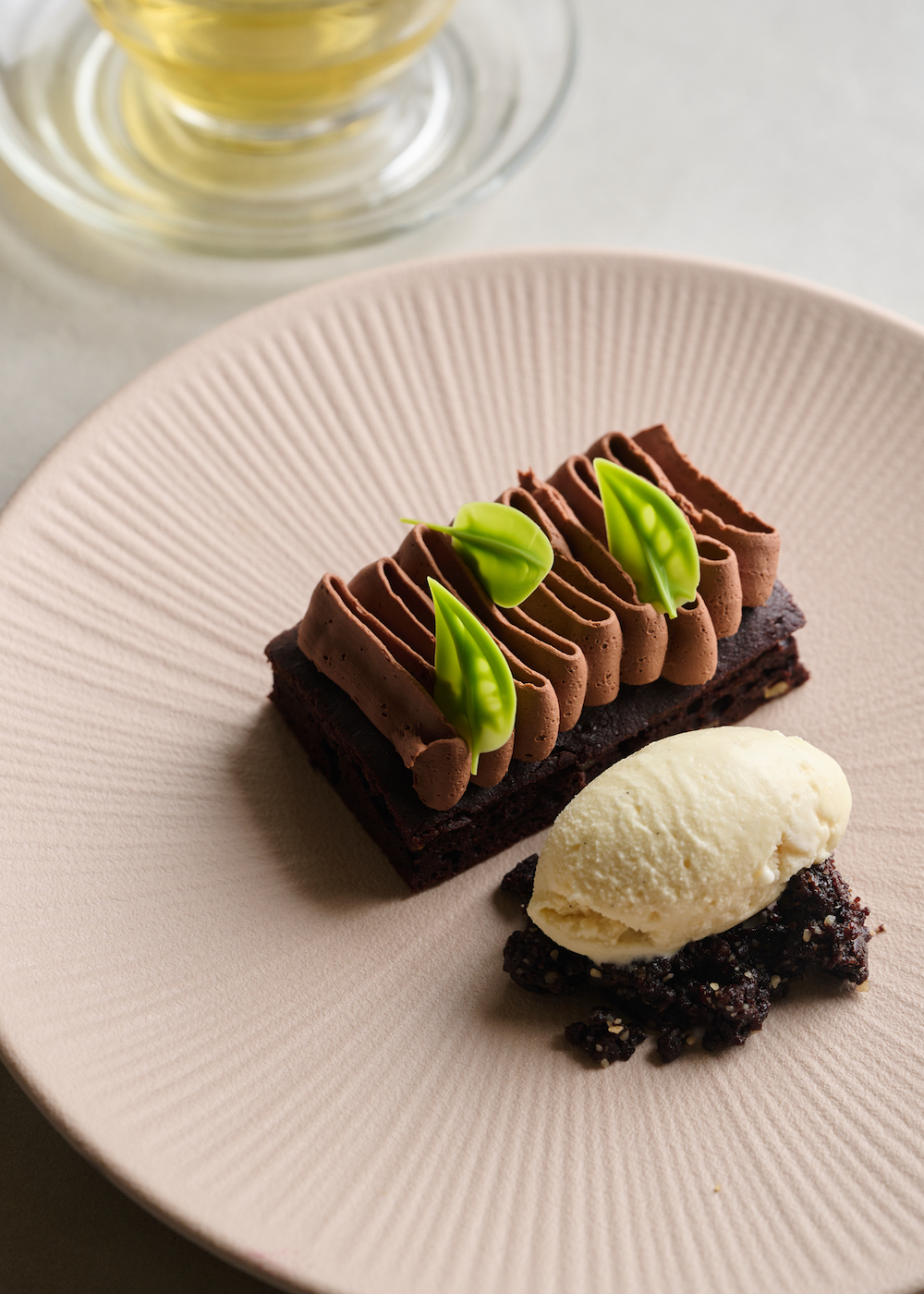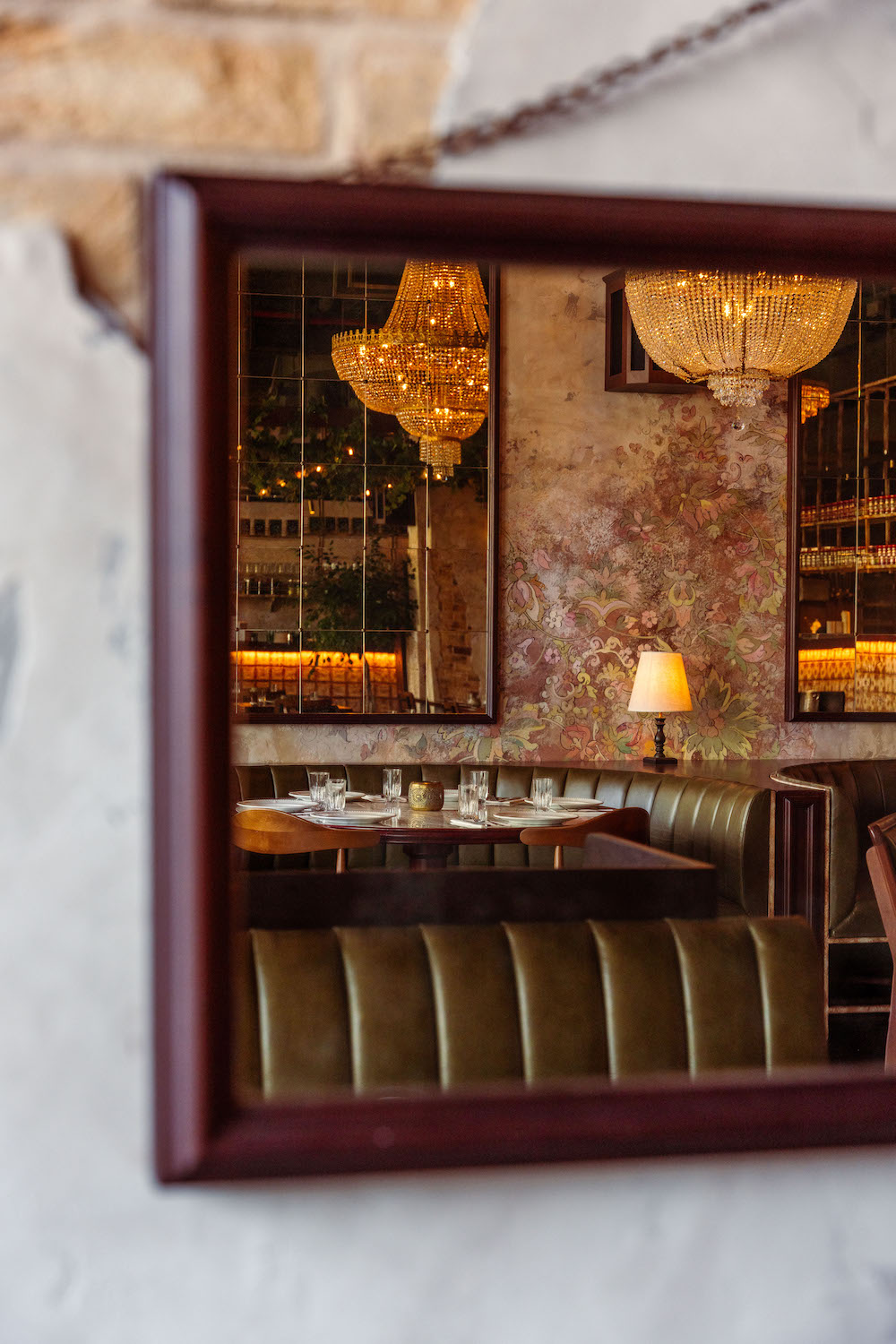If you’ve ever wondered why Gulf cafeterias donned the most absurd names on their menu, you’ve tapped into a larger story of menus as a site of historical excavation, emerging histories of Emiratization and localised user experience (UX).
We’re sharing an excerpt from PIQUANT, a new-age idiosyncratic editorial journal in hungry pursuit of the hungry pursuit of the history, design, and politics shaping diaspora food culture.
By Désirée Baretto

A pilsner glass is typically inhabited by beer. But in the cafeterias of Dubai, wild colours layer on top of one another with a mischievous allure that no alcohol can amount to. While the mystique reels you in, their incomprehensible names give away very little, apart from a bit of a jest. The premise seems straightforward enough— you have a menu with images of the items, matched with a name and price. But its functional aptness gives rise to a certain ambiguity. You know of the Abood juice, but do you know it?
The peculiar naming of the “Expo juice,” “CR7 zinger wrap,” or “PUBG parotta” provokes laughable reactions from residents but leaves only an itch of curiosity at the back of their minds. After all, this is no new fascination. For decades, Gulf cafeteria menus and their item names have been rendered a spectacle of low-brow culture or kitsch. Despite this, these menus preserve a history of acculturation, localised QSR (quick service restaurant) standardisation, and food marketing through its ubiquitous form. This history, however, began without menus.
'Before there was no menu at all. The customer would come in, mention the ingredients of an item or memorise all options available and say what they wanted. After that, a menu with just names was made(...)'
Azeem AK,Group CEO of Al Ijaza Cafeteria


Group CEO of Al Ijaza Cafeteria, Azeem AK, recounts how his father, founder of Al Ijaza, first set up menus. “Before there was no menu at all. The customer would come in, mention the ingredients of an item or memorise all options available and say what they wanted. After that, a menu with just names was made. My father said they eventually took the juice machine, glasses and everything to a photographer and set up a small kitchen inside his studio to photograph juices for the menu. Only the cover had pictures of the juices, sandwiches and falooda; inside were names. He said he had never seen a menu with live photos then, or maybe he didn't know of any, but [according to him] they were the first to introduce cafeteria menus with photos in Dubai.”
As the evolving market modulated the form of menus, it spurred a design formula unique to Gulf cafeterias. Today, a typical browsing will entail items compartmentalised by page, with a hero image or three of featured items, alongside their peers in the category. Though the pages are compact with items, all vying for commercial space and attention, they remain visually balanced. This balance is interesting to pay attention to, for a design so densely populated with images that bear close semblance to its neighbours. “In fine dining restaurants, we see an order of appetisers, starters, soup, and all that. There's a flow of items; but in cafeterias, you don't see that— you see what they are specialised in on the first page,” Azeem says. “There are some pioneers in the field like Abjar, a famous menu printing and design company in the UAE. Most [cafeterias] used to design with them.”
To continue reading this story, see one of the first cafeteria menus designed in Dubai, and uncover the sociological context behind these menus, head to the full article here.
Arisen out of a lack of exploratory food writing in the region, PIQUANT was launched by writer and multimedia designer Desirée Barreto to reject the low-hanging fruit of media coverage. Follow their journey as they turn one stone after another, seeking food stories that define culture.
Subscribe to their Substack blog here to be notified of new articles and receive exclusive newsletters; and check out their Instagram here for sartorial, playful content.
All visuals by PIQUANT-


.jpg)



